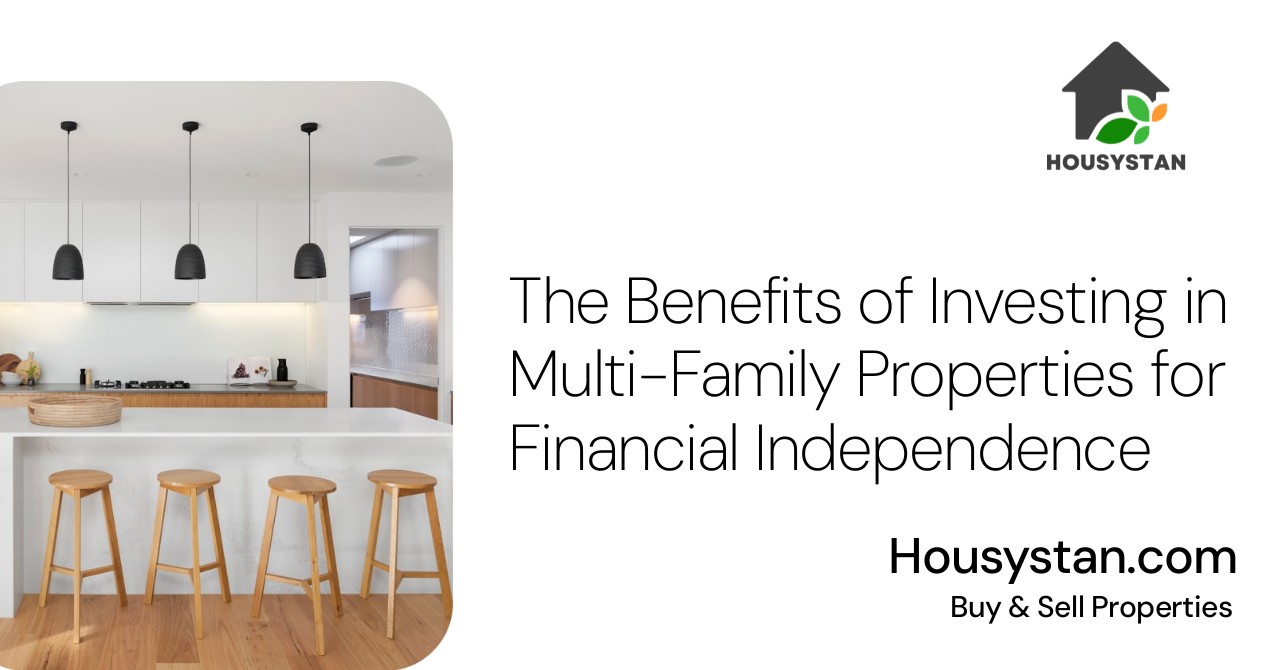The Benefits of Investing in Multi-Family Properties for Financial Independence
Read latest blogs and articles from Housystan

The Information mentioned here was last updated on:
14/12/2025Investing in multi-family properties is quickly becoming one of the most effective strategies for individuals seeking financial independence, especially in high-demand regions across the United States. Urban centers like Dallas, Atlanta, Los Angeles, and Chicago are witnessing a surge in multi-family real estate development, making these locations prime spots for investors looking to maximize both short-term income and long-term wealth.
One of the standout advantages of multi-family property investment is the reliable cash flow it provides. Unlike single-family homes, multi-family buildings generate rental income from multiple units, reducing the risk of total vacancy and ensuring steady revenue even if one unit remains unoccupied. This consistent cash flow is essential for financial freedom, as it can cover mortgage payments, property management, and maintenance expenses, while still producing attractive returns for the property owner.
Another significant benefit is the scalability that multi-family real estate offers. Investors can expand their portfolio efficiently by acquiring buildings with several units, rather than purchasing individual homes. This approach often leads to economies of scale, which can lower per-unit management and maintenance costs, boosting overall profitability. As property values appreciate in areas such as Miami, Seattle, and Houston, the potential for equity growth also increases, further enhancing financial security.
- Verified Tenants/Buyers
- Unlimited Property Listing
- Zero subscription/charges fee
Multi-family properties offer diverse tax benefits as well. Owners may take advantage of deductions related to mortgage interest, insurance, depreciation, and repairs, which can significantly lower taxable income. These tax incentives are especially valuable in states with favorable landlord laws and growing rental markets, such as Texas, Florida, and Arizona, where demand for quality housing continues to rise.
Furthermore, the demand for rental housing remains strong nationwide, driven by population growth, urbanization, and shifting lifestyles. This trend is particularly evident in metropolitan areas with robust job markets, top-rated schools, and vibrant amenities. By strategically investing in these regions, individuals can capitalize on both rental income and property appreciation, paving the way toward lasting financial independence.
In summary, investing in multi-family properties offers a pathway to financial freedom through stable cash flow, scalable growth, valuable tax incentives, and appreciation potential. By focusing on high-growth areas and leveraging expert property management, investors can achieve sustainable wealth and enjoy the benefits of passive income for years to come.